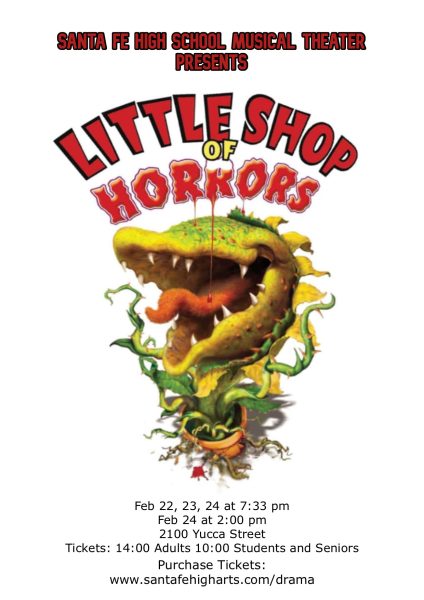Isle of Dogs: Is It Worth The Pup-Corn?
May 8, 2018
Nine years ago, American film director and producer Wes Anderson caught the attention of critics and viewers across the globe with his masterful stop-motion animation Fantastic Mr. Fox. With his latest creation, Isle of Dogs, it seems that he still has a knack for creating awe-inspiring animation that appeals not only to young children, but to teens and adults as well.
Twenty years into the future in a dystopian Japan, Isle of Dogs tells the story of Atari Kobayashi, a 12-year-old boy who is determined to find his dog after the corrupt Mayor Kobayashi, his uncle, orders all the canines of Megasaki City to be exiled to the massive garbage dump Trash Island.
Atari runs away and pilots his Junior Turboprop plane across the river in search of his bodyguard dog, Spots, who was sent to the toxic wasteland. There, with the assistance of a pack of newfound furry friends, he begins a risky journey that will decide the fate of his city.
The story is cleverly intertwined with political metaphors, such as a corrupt leader who was born into privilege and who finds pleasure in stirring up hatred and creating division. With the “anti-canine” sentiment a metaphor for xenophobia, the story also incorporates social commentary, depicting a group of young activists who fight for equality among the canines and justice in Megasaki City. Although the film could be easily misinterpreted as “childish” because it tells the story of a dog saving the world, these political issues create a sophisticated lens that discerning viewers appreciate and pick up on — even if the story is about a “boy’s best friend.”
Because Isle of Dogs is a stop-motion picture, its breathtaking detail is part of its overall cleverness and charm. The meticulous quality in textures and colors — as well as music — gives the film a mesmerizing and exciting experience for viewers. From the facial expressions to the familiar Japanese scenery, the overall look of the film creates a real and emotional masterpiece that commands a viewer’s attention.
Each of the dogs, and the human characters, has a distinct personality. Voice actors Scarlett Johansson, Edward Norton, Bill Murray, Bryan Cranston and Yoko Ono, do an excellent job of making that happen, which shows just how elaborate the film is. Much of the dialogue is in Japanese and English, and some, but not all, of the Japanese is translated or subtitled in English. Even though much of what Atari and other characters say is left untranslated, the emotion comes through regardless.
One issue that could come with showcasing Japanese lifestyle is that the film could be criticized for falsely representing the culture. Accurately representing any culture, even in animation, can be slippery and dangerous. This film, although beautifully made, could be easily labeled culturally insensitive, whether it’s stereotyping Japanese social interactions or giving false ideas about Japanese culture and government.
But Isle of Dogs showcases Anderson’s appreciation and knowledge of Japanese films and culture, from the symmetrical, eye-level compositions to the ancient architecture and well-known art of Japan.
As a whole, the film wastes no time capturing the audience’s attention. The musical score is harmonious with every emotion and scene depicted. The film is also cleverly humorous, as it is full of cheesy puns and irony. Anderson truly captures the beautiful companionship that can arise between a young boy and his furry friend, and ultimately pushes the limits of his creativity.












